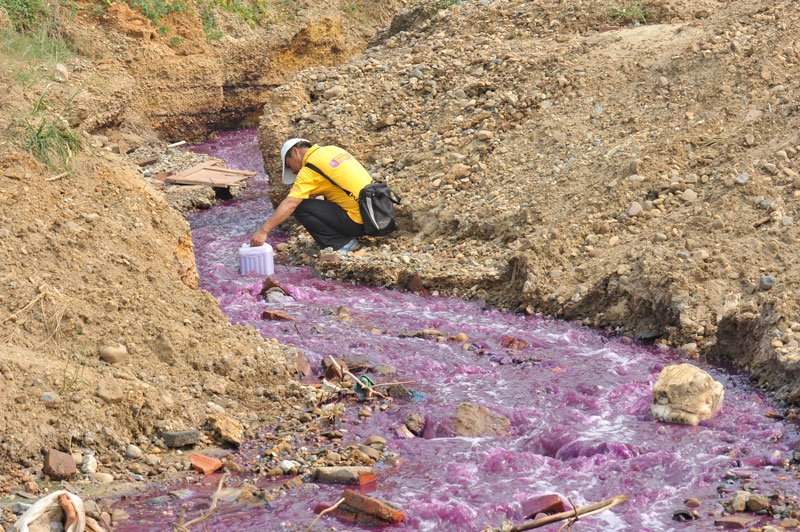
TOXIC EARTH
Today marks the third and last installment of He Guangwei's extraordinary series on soil pollution in China, a Pulitzer Center project in partnership with chinadialogue and Yale Environment 360. Guangwei details the staggering levels of industrial heavy-metal contamination in the soils of Jiangsu and Hunan provinces, the cancer "hot spots" that have resulted, and estimates of long-term remediation costs in excess of $1.6 trillion.
Guangwei is an investigative journalist for The Times Weekly, based in Guangzhou, and a past winner of China's Environmental Press Award presented by chinadialogue and The Guardian. The soil-pollution series is a reminder that some of the best environmental reporting in China is coming from Chinese journalists, often working in concert with local citizen groups demanding government action to protect their health and also the long-term economic viability of their land.
WHAT THE CHILDREN FLEE
Current coverage of the surge of children crossing the U.S.-Mexican border suggests that this mass immigration is occurring out of the blue. Pulitzer Center grantee Carlos Javier Ortiz shows that what is happening now is in fact the predictable result of U.S. demand for drugs, the export of gang violence to Central America, and too many children caught in the middle.
"Kids are living in danger from gangs and the gangs extort people for money because the economy is crap and there is so much corruption," Carlos said, in an interview with MSNBC that includes haunting black-and-white photographs from his Guatemala project El Sueño. "It's all a chain reaction."
BIRD'S-EYE VIEW
Pulitzer Center grantees Alex McLean and Dan Grossman continue their examination of Alberta's Athabasca tar sands project with a two-part series for GlobalPost and a report for PRI's The World. The two rented a small Cessna aircraft and relied on Alex's aerial photography to capture the scale of one of the world's most massive—and controversial—industrial projects.
"That used to be a forest down there: aspen, pine, fir, and peat bogs," Alex says, "but now it looks like a huge trampled sand box. Since the first bitumen was scraped out from here, 40 years ago, nearly 300 square miles of forest have been dug up."
Until next week,
Jon Sawyer
Executive Director







